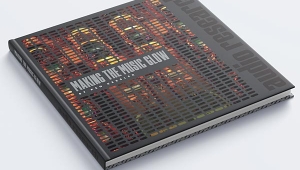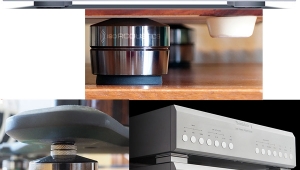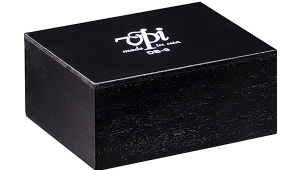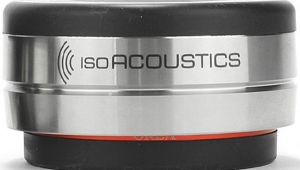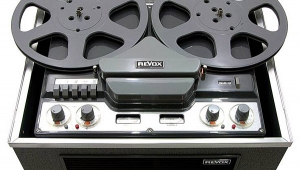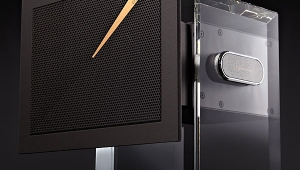| Columns Retired Columns & Blogs |
ELAC Technische Software CARA 2.0 computer program Page 2
I found it time-effective to reduce the complexity of the model (eg, remove smaller objects) and the order of reflections (3-4) for the early iterations, at which point the number of possible speaker and user positions is large—but an 800MHz Pentium III can take 48 hours or more to run even that modest a set of variables. Several simplified runs will tell you which arrangements deserve more investigation. After that, you can limit the range of positions for speakers and listener while progressively increasing the number of reflections and adding more feature details, as a confirmation of the optimum arrangement.
The results were illuminating. Examined with the 2D and 3D viewing utilities, CARA told me that I had to move my listening position about 18" forward so that I was entirely in the same leg of the L as the speakers. Otherwise, precise midbass balance was impossible, even though CARA tried to achieve it by aiming both speakers away from the other leg of the L. CARA also suggested displacing both speakers about 10" left of a symmetrical position, slightly closer to each other and toed-in 14 degrees.
The printouts were very pleasing, with a very flat, smooth direct response that was down only about 4dB at 20Hz and 3dB at 20kHz. The integrated room response was also smooth, but sloped gently and evenly down by 8dB from 40Hz to 20kHz! There was also a hump of 6-8dB centered at 30Hz in the integrated room response that proved immune to placement changes. This appeared to be a room mode treatable only by changing effective room dimensions with resonant traps, reconstruction, or digital room correction.
I added acoustic drapes to the wall behind the speakers (and to the CARA model as well), moved my sofa forward 18", and repositioned the Revel Studios, as suggested by CARA. Wonderful: tight, stable imaging, excellent tonal balance, and just enough oomph from that 30Hz room mode to create shivering bass in certain circumstances. In addition, the sweet spot seemed much larger in all directions, as long as I didn't move too far back. This was made graphically apparent by CARA's "movie," superimposed on my room plan, of 3D spatial mapping of intensities vs frequency. Checking these predictions against the results with ETF or with TacT RCS measurements confirmed CARA's conclusions to an amazing degree.
What more can one ask? The predictions are accurate, the results satisfying. I intend to use CARA for all of my acoustic planning—in fact, I've already modeled my room. Now, all I wish is that speaker manufacturers would post CARA-compatible loudspeaker files on their websites. Wouldn't you like to know how well a speaker might work in your room before you buy it? I would.
- Log in or register to post comments




